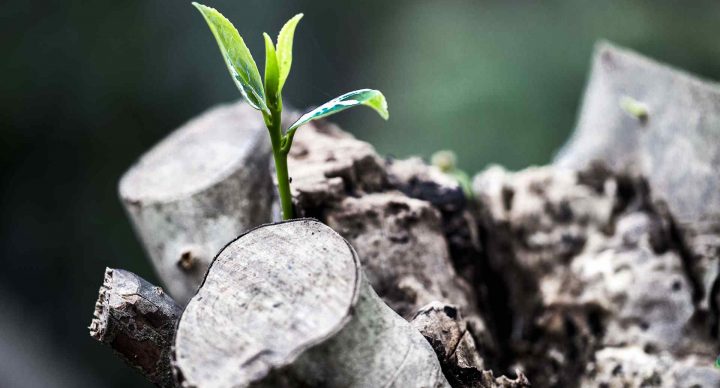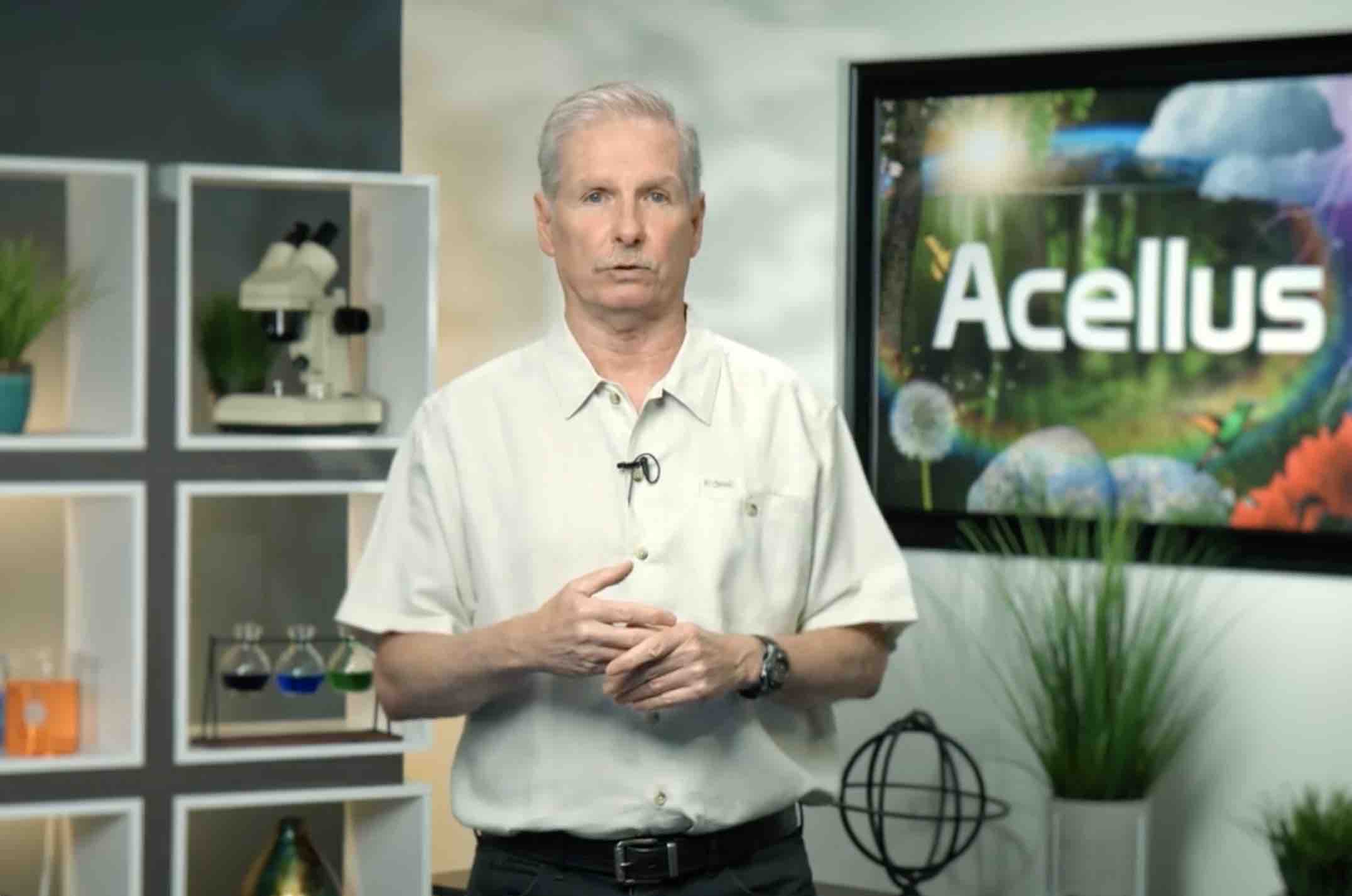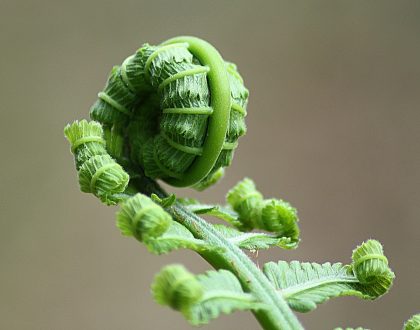AP Environmental Science

Course Features
Course Details
Course Overview
The AP Environmental Science course encourages students to engage with the scientific principles, concepts, and methodologies required to understand the interrelationships of the natural world. Throughout the course and its lab sessions, students will analyze environmental problems, evaluate the relative risks associated with these problems, and examine alternative solutions for resolving or preventing them. This interdisciplinary course, embraces topics from geology, biology, environmental studies, environmental science, chemistry, and geography. It is recommended for students who have completed Algebra I and two years of high school laboratory science. This course is California A-G approved and has been audited and approved by the College Board to provide students with a college-level learning experience.
Acellus AP Environmental Science is taught by Acellus Course Instructor, Mike Carney.
Sample Lesson - Introduction to Sustainability
 This course was developed by the International Academy of Science.
Learn More
This course was developed by the International Academy of Science.
Learn More
Scope and Sequence
Unit 1 In this unit students will be introduced to the study of Environmental Science and have an overview of earth systems. They will delve into closed and open systems, the physical structure of the earth, plate tectonics and divergent, convergent, and transform fault boundaries. They will study solar intensity and latitude, as well as seasons, and will investigate atmosphere structure, atmosphere composition, weather and climate, and global circulation in atmosphere. They study water, including ocean interactions, freshwater, salt water, ground water, water use, and water use issues. They explore the rock cycle and study soil, including soil formation, soil horizons, soil classification by texture, erosion and soil issues, and soil conservation. In addition, they experience virtual labs on soil porosity, the permeability of soil, soil texture, and a soil ribbon test. Unit 2 In this unit students investigate the biosphere structure, an overview of biomes, and ecosystem structure. They explore food chains, food webs, and ecological niches, as well as species function, symbiotic interactions, ecosystem competition, and ecosystem energy flow. They study photosynthesis and cellular respiration, productivity, the ten percent rule, and pyramids of energy, and learn about ecological, primary, and secondary succession, as well as matter cycling, nutrient cycles, the water cycle, the phosphorus cycle, the nitrogen cycle, and human influences on cycles. They also experience a virtual lab on decomposition. Unit 3 In this unit students learn about population ecology, the law of limiting factors, biotic potential and environmental resistance, and carrying capacity. They experience a virtual lab on population, and explore logistic versus exponential growth, reproductive strategies, and survivorship and curves. They delve into biological populations and their dispersal patterns and growth patterns, as well as human historical growth and distribution, immigration versus emigration, and describing human population change. They study developed versus developing countries, doubling time, age-structure diagrams, population calculations, demographic transition, and impacts of population growth. Unit 4 In this unit students explore types of agriculture, green revolution and genetic engineering, and soil conservation methods. They learn about agricultural issues, sustainable agriculture, pests and impacts, pesticide use and misuses, LD-50s of pesticides, pesticide alternatives, and integrated pest management. They also learn about pesticide-related laws and the tragedy of the commons. Unit 5 In this unit students investigate how humans use land. They also learn about forest harvesting methods, deforestation and its consequences, and fire management in forests. They study rangelands, urban land development, urban and suburban sprawl, and transportation infrastructure. They explore types and impacts of mining, mining laws and remediation, public and federal lands, and managing agencies and services. They learn about wilderness areas, national parks, wildlife refuges, national forests, wetlands, public land issues, and preservation and conservation. Following this unit, students are presented with the Mid-Term Review and Exam. Unit 6 In this unit students study energy forms and thermodynamic laws, power, units, and conversions, and energy efficiency. They experience a virtual lab on light bulb efficiency, and delve into describing energy, historical and projected energy use, the energy crisis, and electricity production. Next, they learn about fossil fuels, including formation and types of fossil fuels, world reserves, coal, natural gas, petroleum/oil issues, and advantages and disadvantages of fossil fuels. They also explore fusion versus fission, nuclear power plants, the advantages and disadvantages of nuclear power, radioactive wastes and disposal, major nuclear accidents, and half-lifes and calculations. Students delve into renewable energy, including solar energy, wind energy, hydroelectric energy, and hydrogen fuel cells, as well as biomass, ocean waves and tidal power, geothermal energy, and green buildings. Unit 7 In this unit students study sources of air pollution, power plants and air pollution, major air pollutants, and measuring air pollution. They experience a virtual lab on parts per million, and delve into temperature inversion, photo-chemical smog, acid deposition causes, acid deposition effects, and heat islands and effects. They also investigate indoor air pollution, air pollution control strategies, and air pollution laws and treaties. They learn about aquatic ecosystems, and types of water pollution, and experience a virtual lab on what is in our water. They study sources of water pollution and the land-water connection, and experience a virtual lab on building an eco-column. They explore water pollution effects on aquatic life, and study cultural eutrophication, groundwater pollution, ocean pollution, water pollution control strategies, drinking water treatment, sewage treatment, water pollution laws, noise pollution, and noise control strategies. Unit 8 In this unit students investigate environmental risk, acute versus chronic effects, and dose-response relationships. They study types of hazardous waste, bio-accumulation and bio-magnification, hazardous waste treatment and disposal, hazardous waste site remediation, and hazardous waste laws. They explore types and sources of solid waste, and solid waste disposal including landfills and incineration. They learn about reducing, reusing and recycling, as well as cost benefit analysis, marginal costs and externalities, and pollution levels. Unit 9 In this unit students explore stratospheric ozone, ultraviolet radiation, ozone-depleting chemicals, effects of ozone depletion, and strategies for reducing ozone depletion. They learn about historic and recent climate patterns, and albedo and reflectivity. They experience a virtual lab on albedo and reflectivity. They study the greenhouse effect, greenhouse gas, climate shifts, effects and consequences of climate change, and reducing climate change. They investigate declining global diversity, biodiversity loss, endangered and extinct species, invasive species, conservation strategies, and laws that are relevant to conservation. Following this unit students are presented with the Final Review and Exam.
This course does not have any sections.




